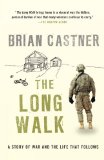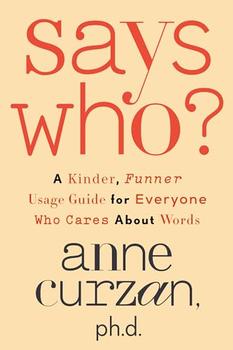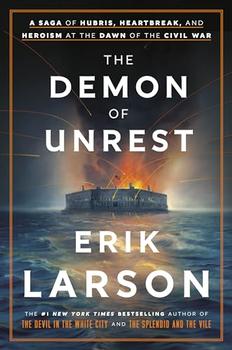Summary | Excerpt | Reviews | Beyond the Book | Read-Alikes | Genres & Themes | Author Bio

Critics' Opinion:
Readers' Opinion:
First Published:
Jul 2012, 240 pages
Paperback:
Apr 2013, 240 pages
 Book Reviewed by:
Book Reviewed by:
Kim Kovacs
Buy This Book
This article relates to The Long Walk
An Improvised Explosive Device (IED) is an inexpensive, low-tech weapon designed to cause death or injury to enemy forces. The British Army was the first to call such homemade bombs IEDs in the 1970s, referring to the fertilizer and Semtex explosives used by the Irish Republican Army (IRA).
Although IEDs have become a common term in recent years, improvised explosives are not a new concept: Greek historians record the use of fire ships to ram and burn the enemy in 415 BCE and the deployment of incendiary war pigs against war elephants in 266 BCE. In more recent history, jury-rigged bombs and mines were employed in the United States' Civil War and the Resistance across occupied Europe made good use of them during World War II.
A relatively new concept, though, dating back to the second half of the 20th century, is the reality that a technologically inferior force can, through the use of IEDs, effectively counter a force equiped with superior technology.
IEDs have become the weapons of choice of insurgents in Iraq and Afghanistan (in 2009 there were 7,228 IED attacks in Afghanistan alone, rising to 14,661 in 2010). They are currently the largest killer of coalition forces in both countries. IEDs are extremely effective against a superior, well-armed foe. Even the threat of an IED is enough to significantly slow troops, as it's necessary for bomb disposal units to check the proposed route to make sure it's clear before a unit can proceed. The United States spent approximately $17 billion over the past decade on anti-IED gear (not including armored vehicles) to counter a weapon that can be produced for less than $50.
IED use has risen dramatically this century with the number of IED attacks outside Iraq and Afghanistan doubling over the past three years. The first nine months of 2011 saw an average of 608 attacks per month in 99 countries, according to the Department of Defense. This proliferation isn't surprising, given that IEDs are very easy to make, and designs and construction information can easily be found on the Internet. Bomb components are readily available because the explosives are made from materials that have legitimate uses and can't be banned or controlled (such as fertilizer and diesel fuel). In addition they're easy to disguise, often being dug into dirt roads; hidden in animal carcasses; left in backpacks; or, in Vietnam, hidden in tin cans along patrol roads after the Vietcong noticed American soldiers liked to kick cans down the road.
Examples of IED use in the United States include an explosives-filled van used by the Oklahoma City bomber, the attempted underwear bombing of Christmas 2009, the Times Square car bombing in 2010, and a backpack bomb left near the route of a Martin Luther King Day parade in January 2011. To quote Lt. Gen. Michael Barbero, director of the Pentagon's Joint Improvised Explosive Device Organization, "the domestic IED threat from both homegrown extremists and global threat networks is real and presents a significant security challenge for the United States."
Filed under Society and Politics
![]() This "beyond the book article" relates to The Long Walk. It originally ran in August 2012 and has been updated for the
April 2013 paperback edition.
Go to magazine.
This "beyond the book article" relates to The Long Walk. It originally ran in August 2012 and has been updated for the
April 2013 paperback edition.
Go to magazine.




Fanaticism consists in redoubling your effort when you have forgotten your aim
Click Here to find out who said this, as well as discovering other famous literary quotes!
Your guide toexceptional books
BookBrowse seeks out and recommends the best in contemporary fiction and nonfiction—books that not only engage and entertain but also deepen our understanding of ourselves and the world around us.